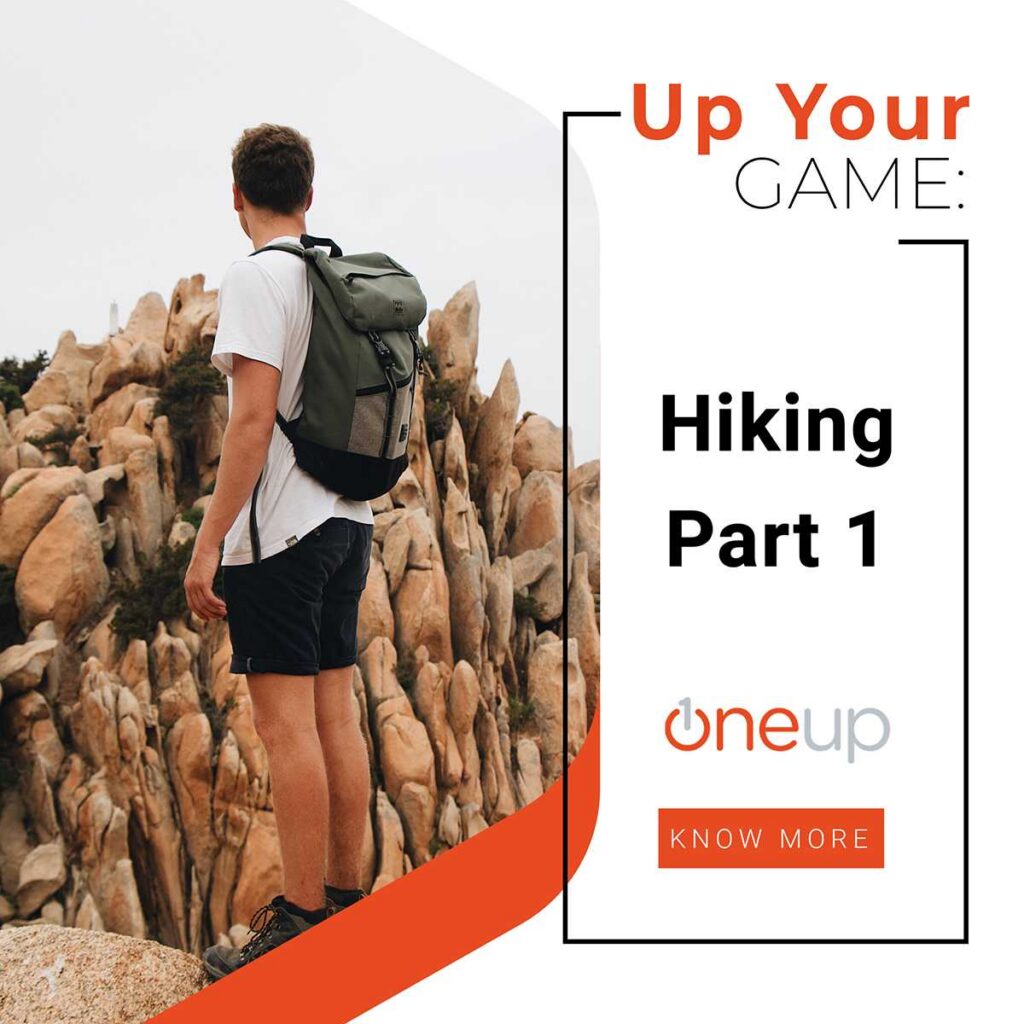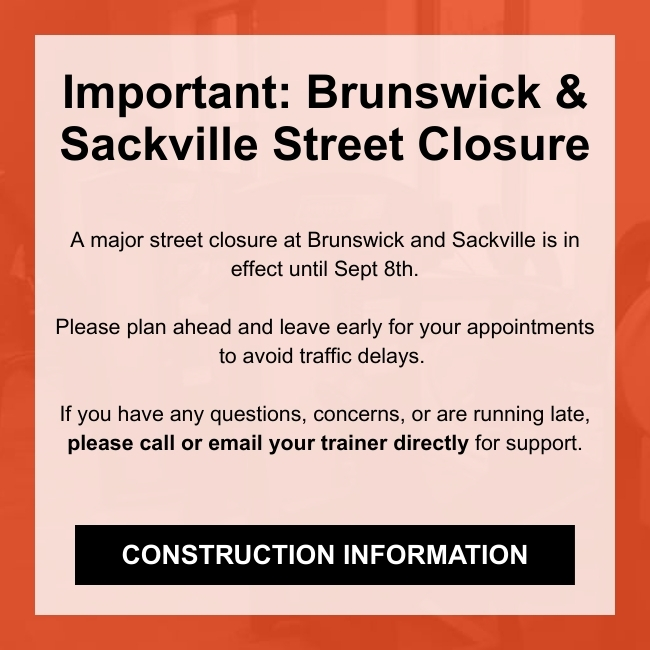
Hiking to the ‘roof of Africa’
Prior to this trip I had never hiked a mountain. I hadn’t even considered doing something like this as I thought the altitude would be unsurmountable for someone who has lived at sea level his entire life. I was also concerned about what kind of training and equipment would be needed for such an adventure.
My wife (Candace) and I have always loved to hike. Fresh air, solitude, adventure a sense of achievement from finishing a particularly tough trail, it’s all good. We’ve kept a pretty decent regimen of resistance training for our general fitness and health, but now we were going to hike up a 6000 meter extinct volcano…what do we have to do to prepare for this? The answer was encouraging, nothing much different, but with a few tweaks…
Hiking along the shores in Cole Harbour
Oxygen is thinner at altitude and therefore, for the unacclimatized individual, our cardiovascular system has to work harder (even at rest) to supply all of the tissues in our body with oxygen (believe me, you feel it. There were times when I was breathing heavily just standing still). And of course when we exercise, our heart and lungs have to work hard to supply those muscles; if we are unfit and untrained, they are forced to work even harder.
Prepare yourself
You can’t physically prepare for altitude without exposing yourself to it. So, instead of focusing on what we couldn’t easily control, short of going to our destination weeks in advance to acclimatize, we decided to focus on what we could control, our fitness and health.
There is a fantastic hiking ‘handbook’ aptly name ‘HillFit’ by author Chris Highcock. He has a regular fitness column in the leading UK walking and backpacking magazine, TGO (The Great Outdoors). In this booklet Chris describes a missing element of preparing for hiking, walking, backpacking and trekking. Surprisingly it’s not the newest piece of gear, equipment or footwear; according to him, it’s strength.
It should be pretty obvious that, if you’re going on a hiking trip, you’d better do some hiking to prepare. However, like Chris Highcock, I believe that strength is the key to optimizing performance in hiking. Why?:
Stronger Muscles are More Efficient.
Greater strength means less effort and therefore less strain on your working systems, including your cardiovascular system. Think: “do more, for longer, with greater ease“. This is certainly true for hiking (I now know this first hand) but it transcends to other physical activities and sports as well.
Our personal regimen
I’m going to share with you what our training looked like in the months leading up to our ascent of Mount Kilimanjaro in Tanzania, Africa.
We started our regimen about 6 months out from our trip. It consisted of:
- Two 20 minute resistance training sessions per 10 days (3-4 days rest between sessions)
- One long hike in wooded trails on the weekends (2-6 hours) and usually an additional walk on an easier trail or just down the road, lasting roughly an hour or two.
- Seven to 8 solid hours of good quality sleep per night (at least within the last 3 weeks leading up to the trip)
- A solid nutrition plan. (cutting out the crap and booze and replacing with whole, unprocessed foods mostly)
We held ourselves accountable for these habits, and motivated each other to keep it up. Below is a rough snapshot of our resistance training routine (“A” routine for first workout and “B” routine for second workout of the week):
“A” Routine: Leg Press / Compound Row / Shoulder Press / Low back machine / Bicep Curl / Tricep Ext.
“B” Routine: Chest Flye / Chest Press / Rear Flye / Pulldown / Calf raises / Leg Curl / Leg Extension
That’s all for now. In “Part 2” of this post I’ll discuss:
- Our experience on the mountain; how we made out
- What we (and others) on the mountain learned from a fitness and physical difficulty standpoint
- My overall thoughts and recommendations on how someone can get started with Strength Training for hiking
Hiking for 7 days in a row is tough, but it’s a little easier when you have these kinds of views motivating you along the way…





